Description
Woodcock sheltering in the sand dunes by Archibald Thorburn printed on a Hoodie
About the Hoodie
Modern fit
It provides a more tailored look than a regular fit
Comfortable
The fabric and fit of this item are extra comfy
Tear-away tag
Easily removable tear-away tag that allows you to add a custom inside label
Premium quality
The product is made from premium, high-quality materials
Classic unisex hoodie with a front pouch pocket and matching flat drawstrings. The 100% cotton exterior makes this hoodie soft to the touch.
- 65% ring-spun cotton, 35% polyester
- Charcoal Heather is 60% ring-spun cotton, 40% polyester
- Carbon Grey is 55% ring-spun cotton, 45% polyester
- 100% cotton face
- Fabric weight: 8.5 oz./yd.² (288.2 g/m²)
- Front pouch pocket
- Self-fabric patch on the back
- Matching flat drawstrings
- 3-panel hood
- Tear-away tag
Archibald Thorburn (1860-1935)
Archibald Thorburn was a Scottish artist that specialised in wildlife, painting mostly in watercolour. He regularly visited Scotland to sketch birds in the wild, his favourite haunt being the Forest of Gaick near Kingussie in Invernesshire. His widely reproduced images of British wildlife, with their evocative and dramatic backgrounds, are enjoyed as much today as they were by naturalists a century ago.
Archibald was born at Viewfield House, Lasswade, Midlothian, the fifth son of Robert Thorburn (1818–1885), portrait miniaturist to Queen Victoria. His first education was at Dalkeith and in Edinburgh, after which he was sent to the newly founded St John’s Wood School of Art in London. His stay there was only brief, since on the death of his father he sought the guidance of Joseph Wolf. It was his commission in 1887 to illustrate Lord Lilford’s Coloured Figures of the Birds of the British Isles, for which he painted some 268 watercolours, that established his reputation. He illustrated numerous sporting and natural history books, including his own. He taught Otto Murray Dixon and Philip Rickman (both in Nature in Art’s collection), and he encouraged the young Donald Watson when he came to visit him in Dumfries and Galloway. Thorburn was friends of other eminent bird illustrators including George Edward Lodge and John Guille Millais with whom he collaborated on a number of works including: Natural History of British Feeding Ducks; British Diving Ducks and British Game Birds.
On his marriage to Constance Mudie, Thorburn moved to High Leybourne in Hascombe in 1902, where he was to spend the rest of his life. In the 1930s he refused to make use of electric lighting, preferring natural light for his painting, and making use of lamps and candles. His grave is at St John the Baptist church in Busbridge, Godalming.

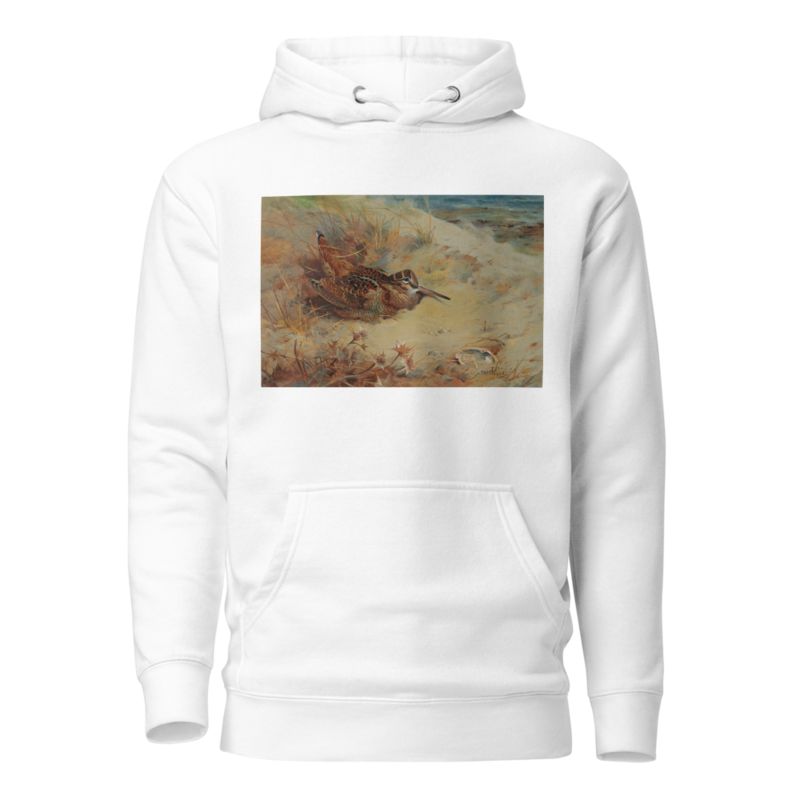
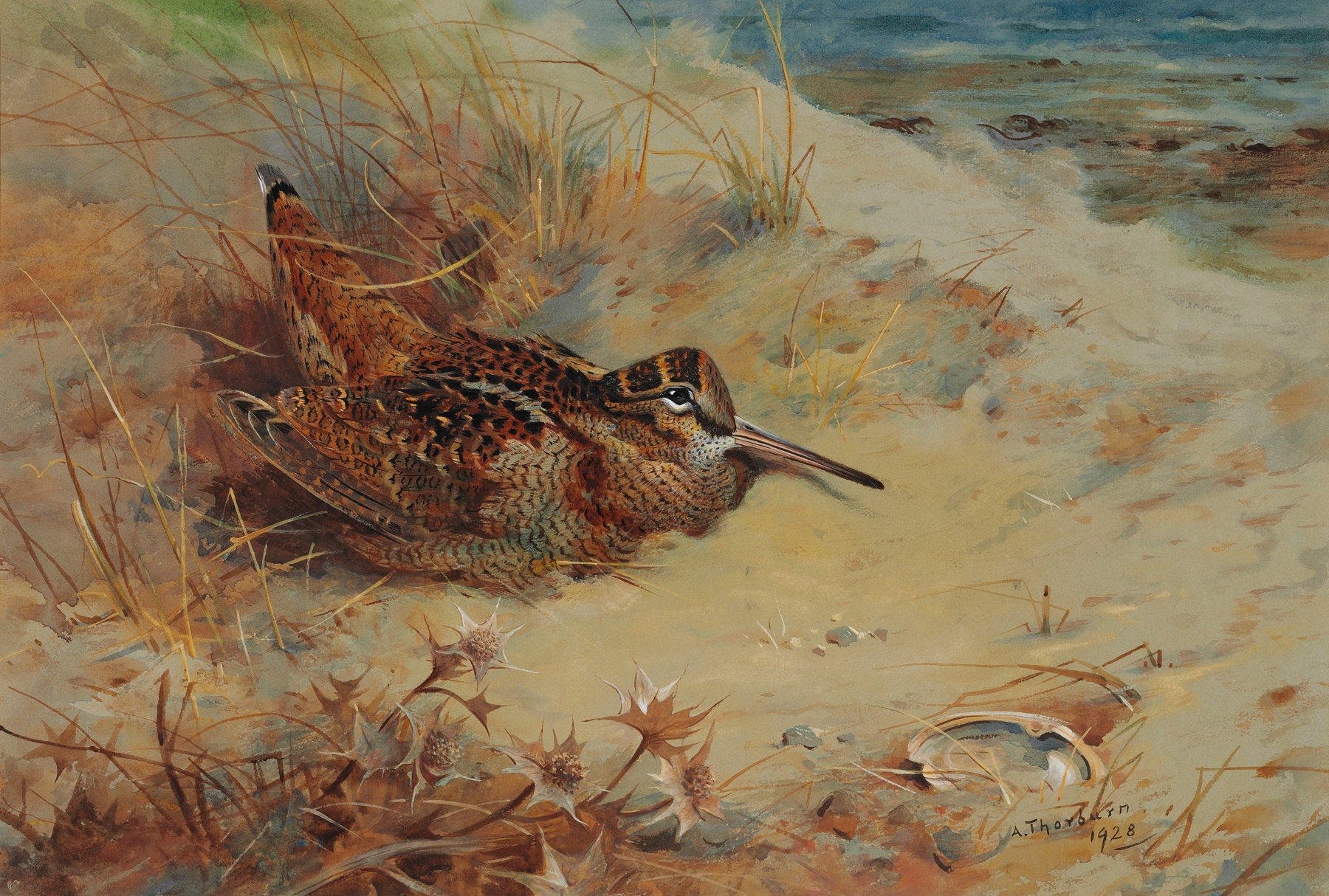
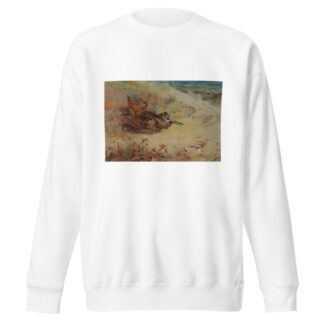
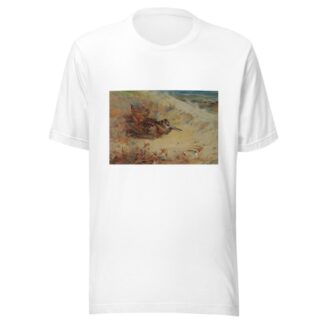
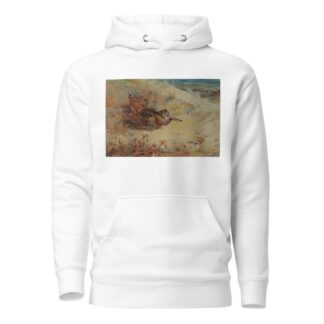
Reviews
There are no reviews yet.